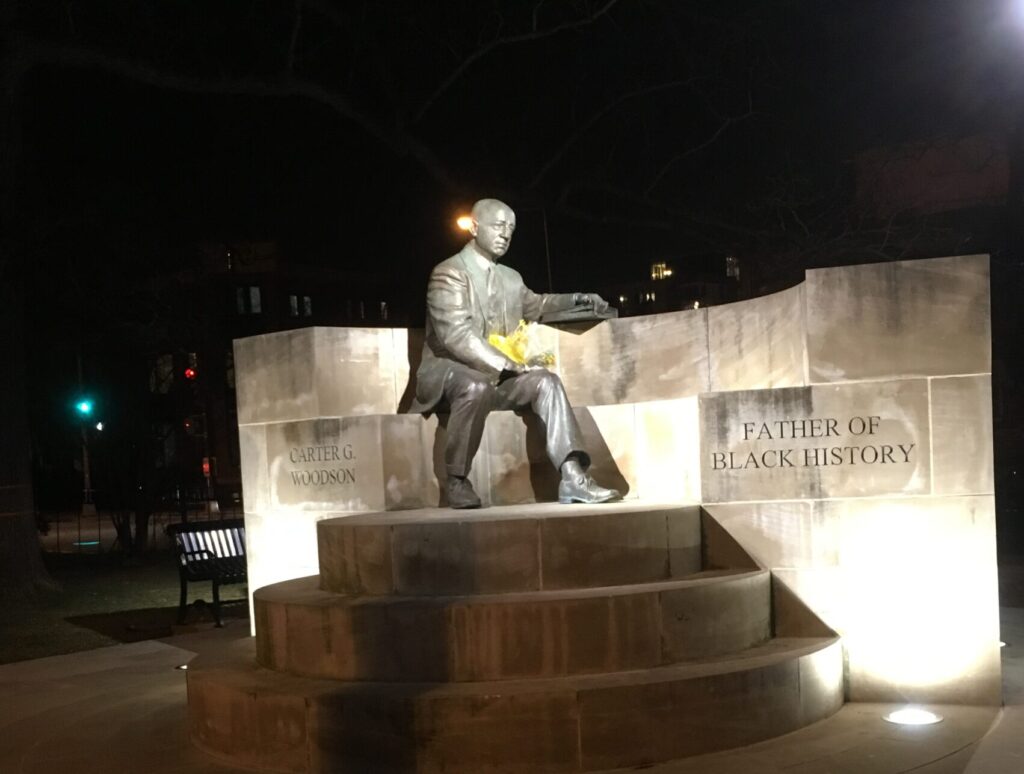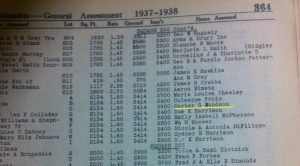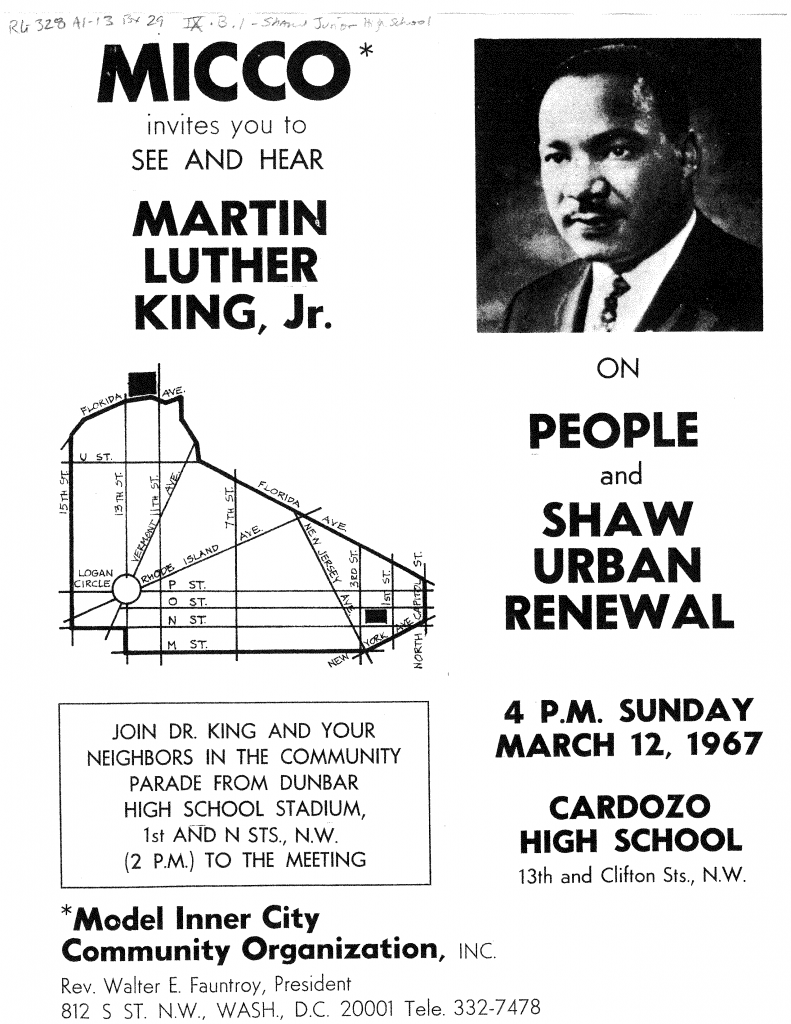 It’s February so that means it’s Black History Month. And eventually somebody says something about February being the shortest month of the year and African Americans getting short shrift. Which is really ignorant because the “Father of Black History” Carter G. Woodson picked a week in February for Black History Week. That week turned into a month and that brings us to where we are. He could have picked another week in another month, but he didn’t. Please shaddap about February.
It’s February so that means it’s Black History Month. And eventually somebody says something about February being the shortest month of the year and African Americans getting short shrift. Which is really ignorant because the “Father of Black History” Carter G. Woodson picked a week in February for Black History Week. That week turned into a month and that brings us to where we are. He could have picked another week in another month, but he didn’t. Please shaddap about February.
Dr. Carter G. Woodson (PhD, Harvard, 1912) noticed there was a lack of history documenting and telling the story of Black Americans in America. So he saw a problem and then fixed it. Quoting the NPS biography of Dr. Woodson, “The public knew very little about the role of African Americans in American history, and schools were not including African American history in their curriculum. He worked tirelessly throughout his life to remedy this problem, becoming nationally recognized as “the Father of Black History.” ” 
Dr. Woodson lived and worked at 1538 9th Street NW, which is in Shaw. This would explain the statue, if you missed it, at 9th and Rhode Island Avenue NW. And the National Park Service complex at his historic home’s location. And of course, there are programs going on this month to celebrate the man. On February 15th and 29th at 1PM an actor will lead a 3 hour tour (a three hour tour) in the life of Dr. Woodson. The historic house is regularly open 3 days a week, Thursday through Saturday, 9 to 5.

